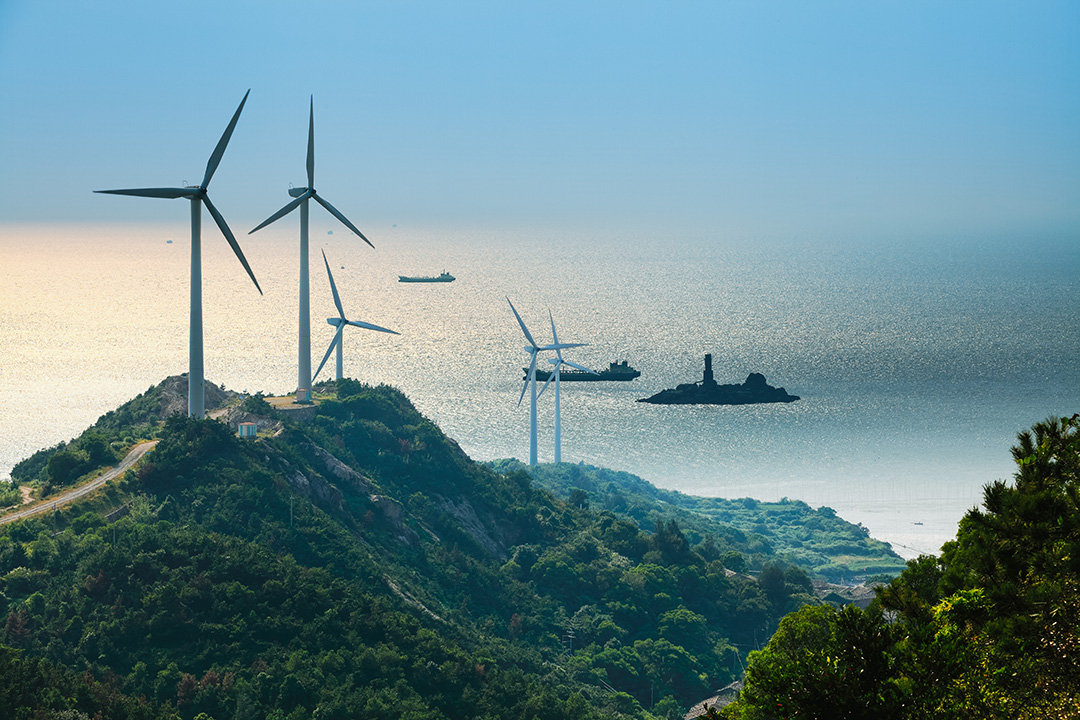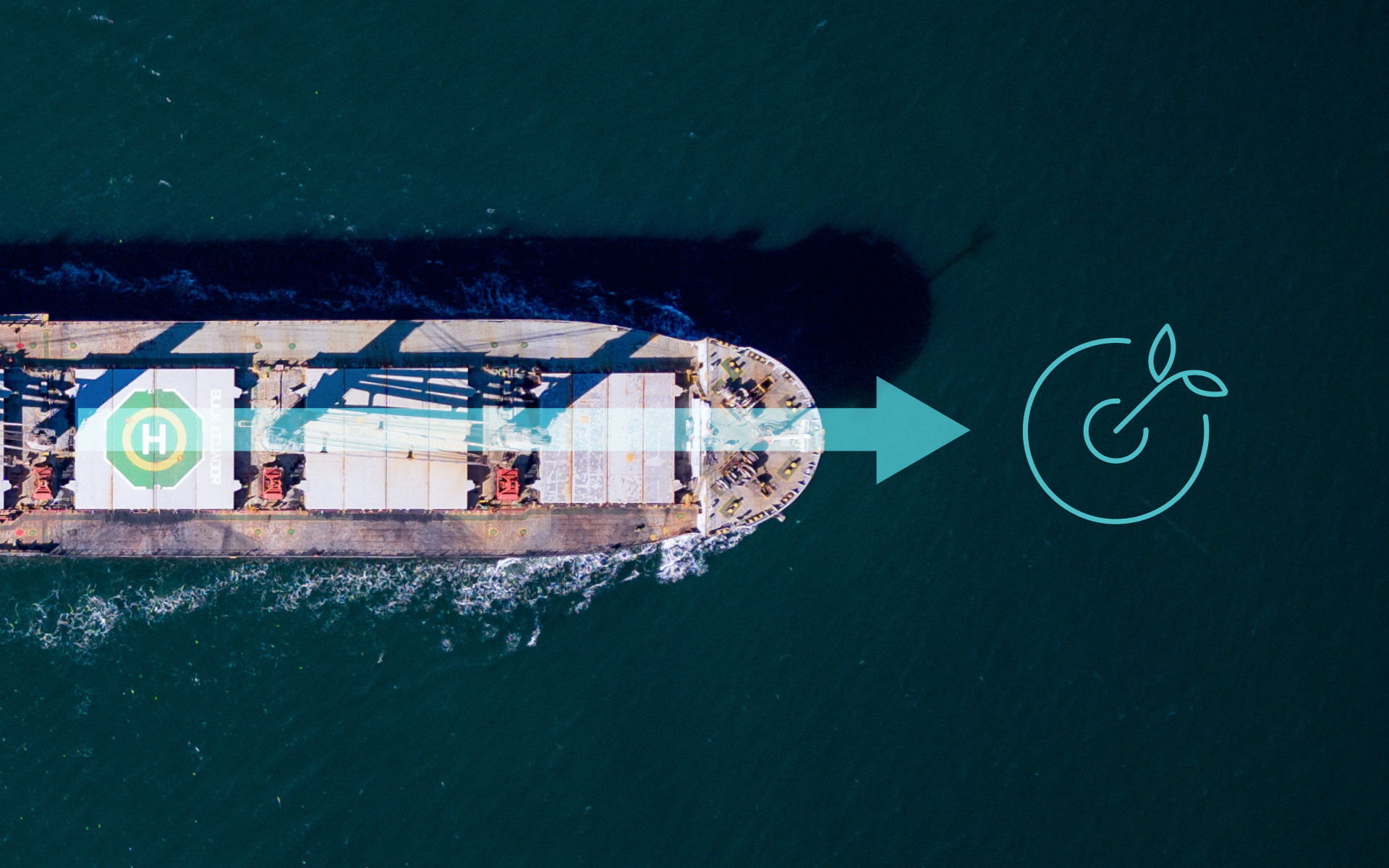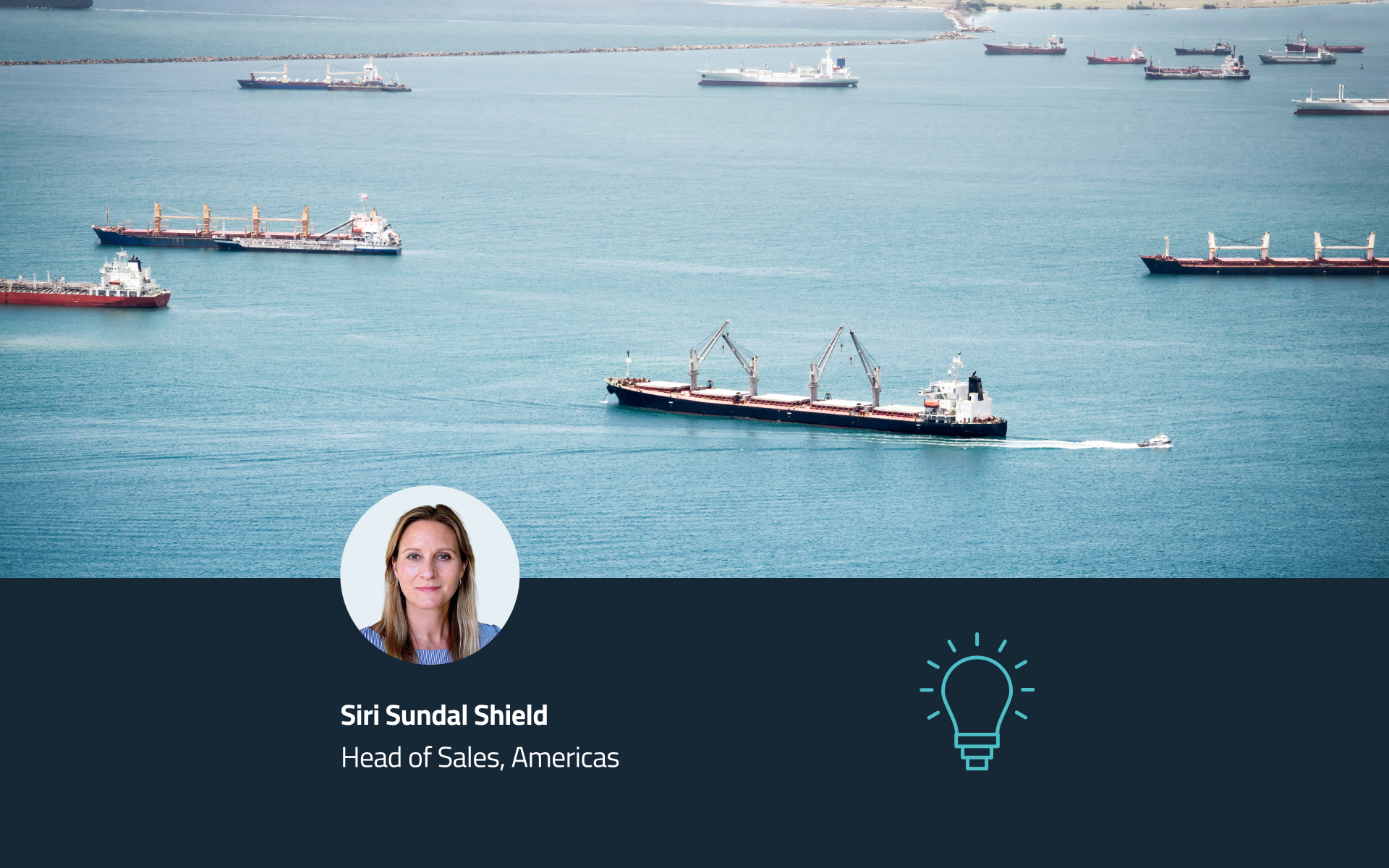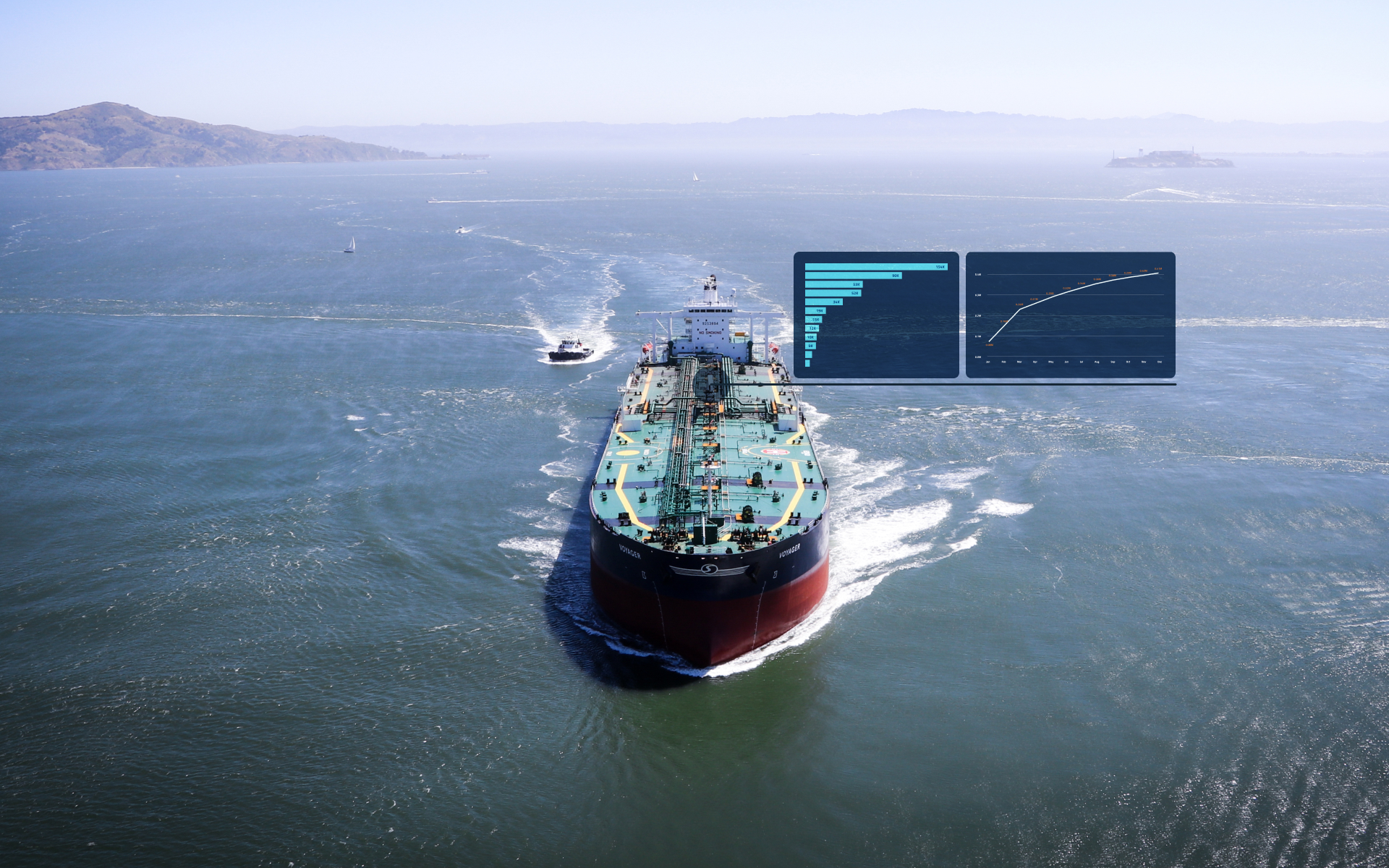
What is sustainable shipping?
Maritime shipping is widely considered as one of the more environmentally friendly means of transporting cargo. Having said that, it still accounts for nearly 3% of all global carbon emissions. Furthermore, it significantly contributes to the sound, water, and plastic pollution of the ocean. Some experts warn that without prompt and decisive action, we could see shipping’s contribution to global carbon emissions increase by as much as 10-13% in just a few decades. It is clear, therefore, why there is currently so much talk around making shipping more sustainable.
We must remember that the concept of sustainable shipping extends far beyond just environmental impacts. The green transformation of ocean shipping encompasses the environmental, economic, and social aspects of the industry. And here at Sea, we believe that informed decision-making is key to enabling the changes needed to make shipping more sustainable and unlock a better future for all.
The journey to carbon neutral shipping by 2050
In line with the 2015 Paris Agreement and Europe’s goal of climate neutrality by 2050, the European Union (EU) has taken a number of proactive measures to encourage reductions in emissions from maritime transport. In July 2023 the International Maritime Organization (IMO) set targets to reduce greenhouse gas (GHG) emissions from shipping and committed to implementing new measures by 2025 – and global efforts to improve the industry’s environmental performance have been gaining momentum ever since.
As international concern about climate change escalates, adherence to these regulations is not only a legal obligation but also a necessary step toward fostering a more sustainable and environmentally conscious shipping industry.
Paris Agreement: a global framework to avoid dangerous climate change by limiting global warming to well below 2°C and pursuing efforts to limit it to 1.5°C.
Deadline
Regulations
January 2023
IMO EEXI and CII shipping regulations
The regulations require all ships to:
- Assess their energy-efficiency by calculating their Energy Efficiency Existing Ship Index (EEXI)
- Begin collecting data for reporting their yearly operational carbon intensity indicator (CII) and CII rating.
January 2024
EU-ETS: Maritime transport will be included in the Emissions Trading System
2030
Indicative checkpoints
By 2030, the IMO has set targets to:
- Reduce GHG emissions from ships by at least 20% (striving for 30% compared to 2008 levels)
- Increase the uptake of zero or near-zero GHG emission technologies, fuels and/or energy sources by at least 5% (striving for 10%)
2040
Indicative checkpoints
By 2040, the IMO has set targets to:
- Reduce GHG emissions from ships by at least 70% (striving for 80% compared to 2008 levels)
2050
Zero-Emission Shipping
Indicative checkpoints
By 2050, the IMO has set targets to:
- By 2050, the EU has set targets for zero emissions from shipping
- By 2050, the IMO has set net zero emissions targets for shipping
January 2023
IMO EEXI and CII shipping regulations
The regulations require all ships to:
- Assess their energy-efficiency by calculating their Energy Efficiency Existing Ship Index (EEXI)
- Begin collecting data for reporting their yearly operational carbon intensity indicator (CII) and CII rating.
January 2024
EU-ETS: Maritime transport will be included in the Emissions Trading System
2030
Indicative checkpoints
By 2030, the IMO has set targets to:
- Reduce GHG emissions from ships by at least 20% (striving for 30% compared to 2008 levels)
- Increase the uptake of zero or near-zero GHG emission technologies, fuels and/or energy sources by at least 5% (striving for 10%)
2040
Indicative checkpoints
By 2040, the IMO has set targets to:
- Reduce GHG emissions from ships by at least 70% (striving for 80% compared to 2008 levels)
2050
Zero-Emission Shipping
Indicative checkpoints
By 2050, the IMO has set targets to:
- By 2050, the EU has set targets for zero emissions from shipping
- By 2050, the IMO has set net zero emissions targets for shipping

Are you ready for the new regulations? Manage your carbon exposure with Sea
Optimisation starts and ends with precise measurement. And that’s exactly what Sea’s Carbon Exposure and Carbon Tracking and Monitoring solutions provide. Specially developed for the maritime industry, our software plays a central role in reducing your carbon output. In fact, our Carbon Tracking tool has already recorded +46 million tonnes of carbon and +800 million tonnes of maritime cargo since it was launched.
Sea’s range of cutting-edge solutions not only help you stay compliant with evolving regulations, they also offer industry benchmarking. Whatsmore, our leading technology enables you to gather crucial information in order to facilitate optimal chartering decisions, such as selecting vessels with lower carbon emissions to minimise the maritime carbon footprint and more effectively address the impact of climate change.
Interested in learning more about sustainable shipping?
Read the latest news and insights related to sustainability in the shipping industry.


